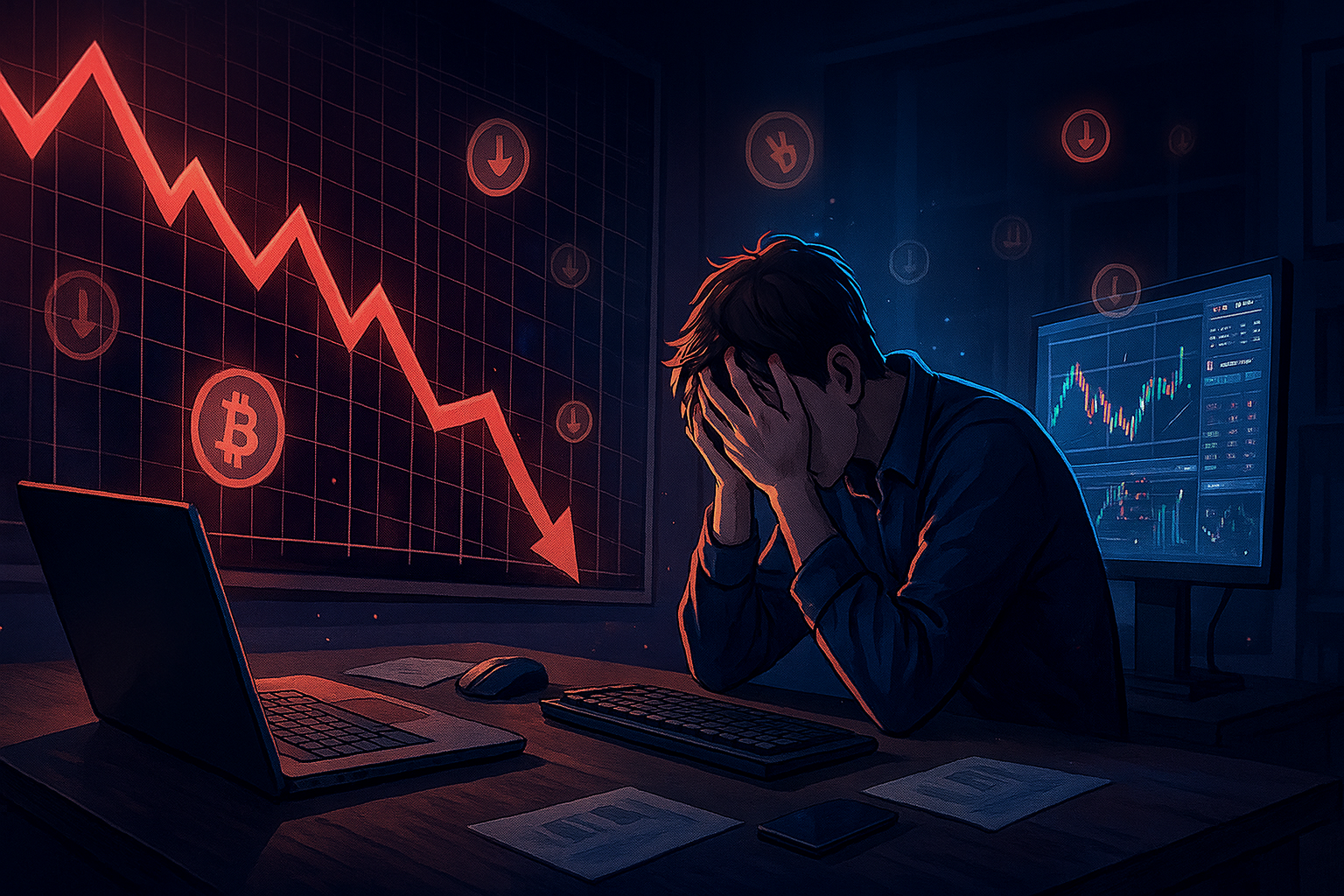How to Avoid Liquidation in Crypto Trading: 7 Proven Strategies for Risk Management


Liquidation is one of the harshest realities of leveraged crypto trading. It happens when a trader’s account balance falls below the required maintenance margin, causing the platform to close the position automatically. In simple terms, means losing the money you used to open the trade because the market moved too far against you.
Understanding how to avoid liquidation is one of the most valuable lessons for anyone trading with leverage. It is not about avoiding losses completely, but about protecting your capital and staying in the market long enough to grow steadily.
Key Takeaways
• Keep leverage low and manageable to reduce liquidation risk.
• Use stop-loss orders to control unexpected market movements.
• Always monitor your liquidation price and maintain a margin buffer.
• Manage your risk by sizing trades correctly and staying informed.
What Causes Liquidation in Crypto?
Liquidation often happens for a few predictable reasons.
• Excessive leverage: Many new traders are tempted by the idea of multiplying profits rapidly, forgetting that leverage multiplies losses just as quick. When you use 10x or 20x leverage, even a small price movement can erase your margin and trigger liquidation.
• High volatility: The crypto market is unpredictable and can move sharply within minutes. A sudden 5% drop might not affect a spot trader much, but for someone using high leverage, it could mean total liquidation.
• Poor risk management: Entering a trade without a stop-loss, ignoring your liquidation price, or using all your funds in a single position increases exposure. When the market moves against you, you have no s
How to Never Get Liquidated in Crypto
1. begin with Low Leverage
Many traders get liquidated because they use too much . Leverage lets you control large positions with small capital, but it also magnifies losses. A 10% move against you on 10x leverage can wipe you out completely.
To stay secure, it is advisable to use low leverage like 2x or 3x, as it gives you room when the market moves and assists you stay consistent with smaller and steady profits instead of chasing large wins.
2. Know Your Liquidation Price Before Opening a Trade
Every leveraged trade has a liquidation price. This is the point where the platform closes your position. Many traders ignore it, which is a costly mistake. Always know your liquidation price before entering a trade.
If it is too close to the market price, you are likely over-leveraged. Reduce your position size so you have more breathing space. Knowing your liquidation level assists you set better stop-loss and take-profit targets.
3. Use Stop-Loss Orders
A stop-loss order is one of the most effective tools for avoiding liquidation. It closes your trade automatically once the price hits a level you have set, preventing further losses.
By setting a stop-loss, you take control of your risk and remove emotional decision-making because you already know the maximum you are willing to lose before the trade begins. For more advanced traders, trailing stop-loss orders can be used to lock in profits while still allowing the position to grow if the market moves in their favour.
4. Maintain a Margin Buffer
Another effective way to prevent liquidation is by maintaining extra margin in your account. In simple terms, don’t use all your available funds to open trades. Keeping a margin buffer gives your positions room to breathe when the market moves suddenly.
For instance, if requires a set amount of collateral to keep a trade open, add an extra 20–30% above that to stay protected. Traders who commit all their capital to margin often get liquidated just before the market rebounds.
5. Use Isolated Margin Mode
In crypto futures trading, there are two common margin modes: isolated and cross. In cross-margin mode, all your funds in the margin wallet are connected. This means if one trade goes wrong, it can drain your entire account. In isolated margin mode, only the funds you assign to a specific position are at risk.
Using isolated margin mode gives you more control. It limits potential losses to a single position, preventing a poor trade from wiping out your whole portfolio. Many experienced traders prefer isolated margin because it assists enforce discipline and simplifies risk management.
6. Practice Proper Position Sizing and Risk Management
A large part of staying secure in leveraged trading is knowing how much to risk per trade. One of the golden rules is to never risk more than one or two percent of your trading capital on a single position. This ensures that even if several trades go wrong, .
Position sizing means adjusting your trade size based on your account balance and risk tolerance. It also assists to diversify across multiple trades rather than putting all your funds into one coin or position. Spreading risk keeps your overall portfolio stable, even when one market direction surprises you.
7. Stay Aware of Market Conditions
Many liquidations occur because traders fail to pay attention to what is happening in the market. large announcements, global news, or sudden changes in trading volume can lead to rapid price swings. Before entering any trade, take a moment to assess market sentiment.
Also, understand that platforms occasionally adjust their margin requirements or leverage limits during volatile periods. If you are unaware of these changes, you might be caught off guard by forced liquidations.
Final Thoughts
Avoiding liquidation in crypto trading comes down to sound risk management. Traders who plan their positions carefully, maintain healthy margin buffers, and limit leverage have a far better chance of long-term success. The goal is to stay consistent, protect your capital, and allow discipline to guide every trade you make.







